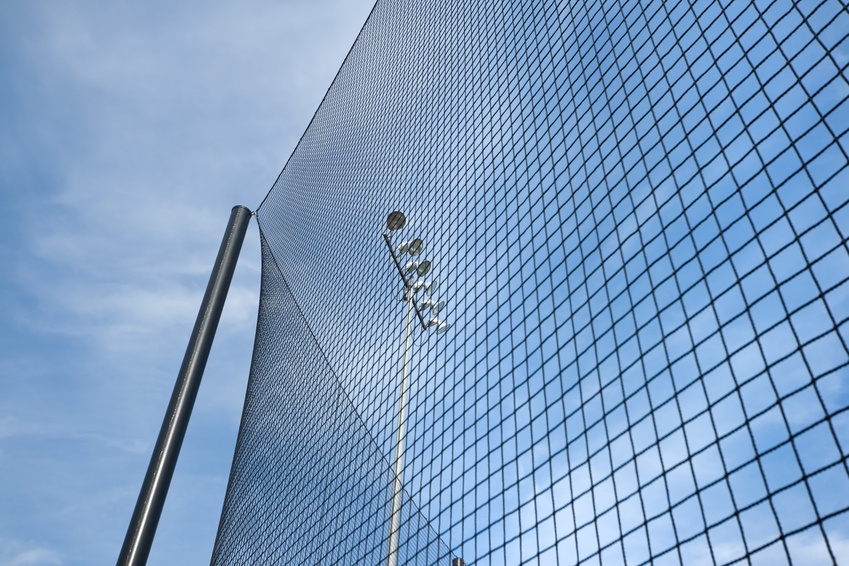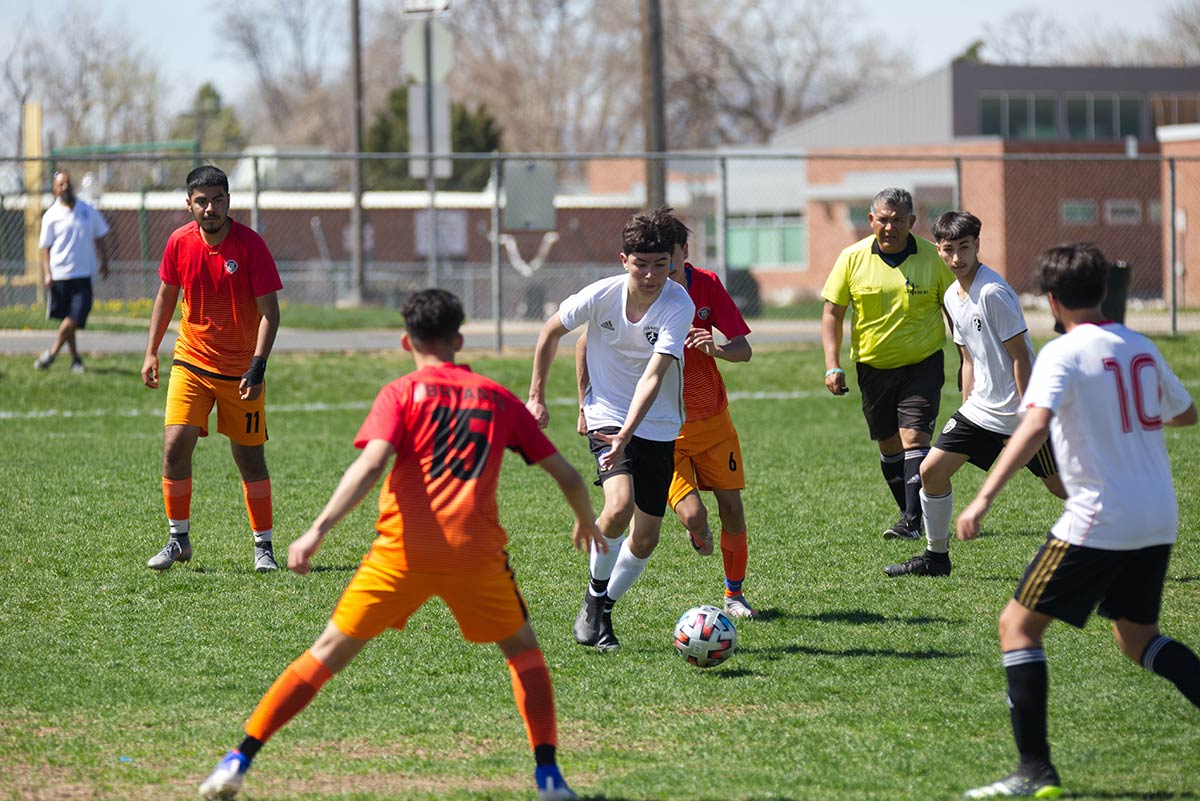Understanding Softball Positions: A Complete Guide
Softball is a dynamic sport that requires players to understand not just the basics of hitting and pitching, but also the specific roles and responsibilities tied to each position on the field. Whether you’re just starting out or refining your game, understanding softball positions is crucial to playing effectively. Each player’s role, from the pitcher to the outfielders, is unique and essential to the overall success of the team. In this complete guide to positions, we will break down the different softball field roles explained, helping you grasp how each position contributes to the game.
The Pitcher: The Heart of the Defense
The pitcher holds one of the most important positions on the field. They are the first line of defense, controlling the tempo and rhythm of the game. A pitcher’s role is to throw strikes while maintaining control over the batter’s options.
Pitchers need to master various types of pitches, such as fastballs, curveballs, and changeups, depending on their skill level. This position requires a combination of strength, precision, and mental focus. A great pitcher not only needs powerful throws but also the ability to read the batter and anticipate their next move. The roles in softball positions often begin with the pitcher—without a solid one, the team can struggle to contain the opposition.
The Catcher: The Backbone of Defense
Behind the plate, the catcher’s role is as strategic as it is demanding. They are responsible for receiving the pitcher’s throws and, crucially, preventing any passed balls or wild pitches. The catcher also calls pitches, communicates with the pitcher, and, in many cases, controls the defense on the field. A catcher needs excellent hand-eye coordination, quick reflexes, and the stamina to endure long innings.
Catchers are often involved in strategic plays, such as throwing out base stealers or calling for specific pitches based on the batter’s tendencies. A great catcher becomes an extension of the pitcher, guiding them through each at-bat. The softball field roles explained include a significant emphasis on the catcher’s ability to orchestrate the defense.
The Infield: Mastering Quick Reflexes and Precision
The infield positions—first base, second base, shortstop, and third base—are all critical in turning defensive plays and stopping hits. Each of these players needs a mix of agility, strong hands, and the ability to make quick, accurate throws.
- First Baseman: The first baseman’s primary job is to field ground balls hit near first base and catch throws from other infielders to record outs. They need a strong, reliable glove and quick reflexes to snag low throws or scoop up balls in the dirt.
- Second Baseman: The second baseman plays a central role in double plays and fielding grounders. Their position demands excellent footwork, quick hands, and a strong throw to first base. They must often pivot to make rapid decisions based on where the ball is hit.
- Shortstop: Arguably the most demanding infield position, shortstop requires a player to cover a lot of ground. This player needs great range, a powerful arm, and excellent baseball instincts. Shortstops often work closely with second basemen to turn double plays and stop hard-hit balls up the middle.
- Third Baseman: Known as the “hot corner,” third base demands a player who can handle hard-hit balls. The third baseman is often tasked with stopping line drives and quick throws to first base. The ability to react quickly to hard-hit balls is essential for success at this position.
Each of these infield positions requires specialized skills, but all are connected by the need for speed, agility, and strong defensive fundamentals. Roles in softball positions vary across the infield, but each position plays an essential part in executing successful plays.
The Outfield: Coverage and Communication
The outfield positions—left field, center field, and right field—differ in their range of coverage and the kind of plays they must make. While these positions don’t always see as much action as the infield, they are just as important in stopping runs and making key plays.
- Left Field: Positioned along the foul line, the left fielder must handle balls that are hit into the outfield’s deep left corner. They need to have a strong arm to make accurate throws back to the infield and quick footwork to cover ground.
- Center Field: The center fielder typically covers the most ground in the outfield and is often considered the leader of the outfield. Center fielders need to track fly balls accurately, read the batter’s swing, and have the arm strength to make long throws to the infield. They must also communicate with the left and right fielders to avoid collisions.
- Right Field: The right fielder generally deals with hits that are pulled toward the opposite side of the field. They need a strong arm for throwing to third base and should have excellent positioning to field balls hit toward the right-field line.
Outfielders are essential for stopping extra-base hits and making sure the opposition doesn’t get an easy trip around the bases. Their roles in softball positions are often based on their ability to read the ball off the bat and adjust quickly to the play.
The Designated Player (DP): A Key Offensive Role
In some softball leagues, the Designated Player (DP) plays a unique role. The DP is typically a player who does not play defense but instead takes a spot in the batting order, replacing another player in the lineup to allow for more offensive opportunities. The DP can be any player but is often someone with a powerful bat but limited defensive capabilities. This position maximizes offensive strength while maintaining a solid defense with other players.
Utility Players: Flexibility at Its Best
Utility players are often described as “jack-of-all-trades.” These athletes are versatile enough to fill in at multiple positions, depending on the team’s needs. While utility players may not specialize in one particular area, their ability to adapt and step into any role makes them invaluable assets to the team.
Conclusion
Understanding softball positions is essential for players and fans alike. Each position on the field requires unique skills and attributes, and no role is more or less important than another. From the precision of the pitcher to the speed of the outfielders, every player has a critical job to do. By familiarizing yourself with the complete guide to positions, you’ll gain a deeper appreciation for how each role contributes to the game. Whether you’re a player or a fan, knowing the ins and outs of softball field roles explained will elevate your understanding and enjoyment of this fast-paced sport.



